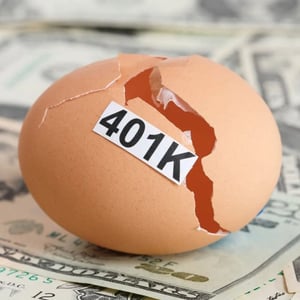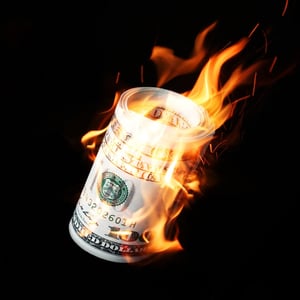Related: 14 Most Expensive Countries for Retirement
The inflation rate of prices across cities that the Economist Intelligence Unit’s Worldwide Cost of Living survey tracks is the steepest in more than five years, according to a new report.
It has shot past the pre-pandemic rate, rising 3.5% year on year in local-currency terms in 2021, compared with increases of 1.9% in 2020 and 2.8% in 2019.
The EIU conducts the WCOL survey twice a year, comparing more than 400 individual prices across some 200 products and services in 173 cities. The prices are then compiled into an index, which is benchmarked against prices in New York City, which receives a score of 100. The index is published in June and December.
EIU researchers collected data for the latest survey between Aug. 16 and Sept. 12, when U.S.-China shipping prices had risen sharply, resulting in higher prices for goods. The EIU noted that fluctuating consumer demand has also influenced buying habits, while investor confidence has affected currencies, further fueling price rises.
Of the 10 categories in the index, transport has experienced the biggest price increases, with index scores rising by an average of 3.8 points.
Prices have also risen sharply in the recreation, tobacco and personal care categories. For example, the cost of a package of branded cigarettes is up by 6.7% on average.
Food prices have risen more moderately, while the cost of a bottle of beer has barely budged, on average, since 2020.
The latest survey found that the average index score for clothing fell since the last survey, the only category for which this is true. The EIU noted, however, that this largely reflects increases in clothing prices in New York (its base city), rather than declines elsewhere.
In general, European and developed Asian cities still dominate the top of the WCOL rankings. North American and Chinese cities remain relatively moderately priced. The uncertainties of the past year, however, mean that there is no clear regional pattern to ranking movements, the EIU said.
Most U.S. cities fell in the latest rankings from last year after the government responded to the pandemic by injecting more money into the economy. This held down the value of the dollar compared with those of European and Asian currencies.
The EIU pointed out that it was unusual that the index value for the transport category was lower for U.S. cities than the global average.
See the gallery for the 10 most expensive cities in the world.







 December 01, 2021 at 02:48 PM
December 01, 2021 at 02:48 PM










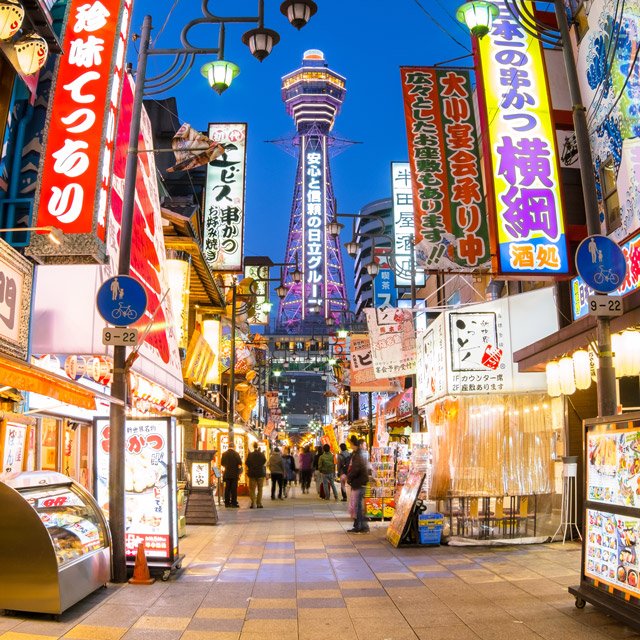
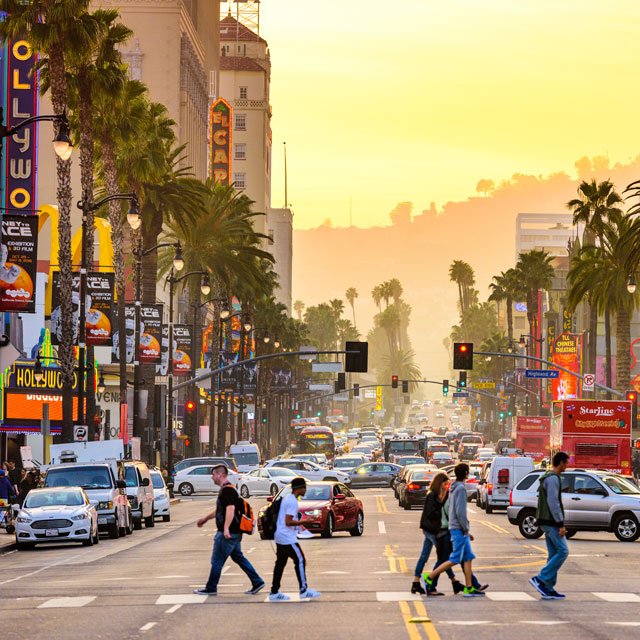


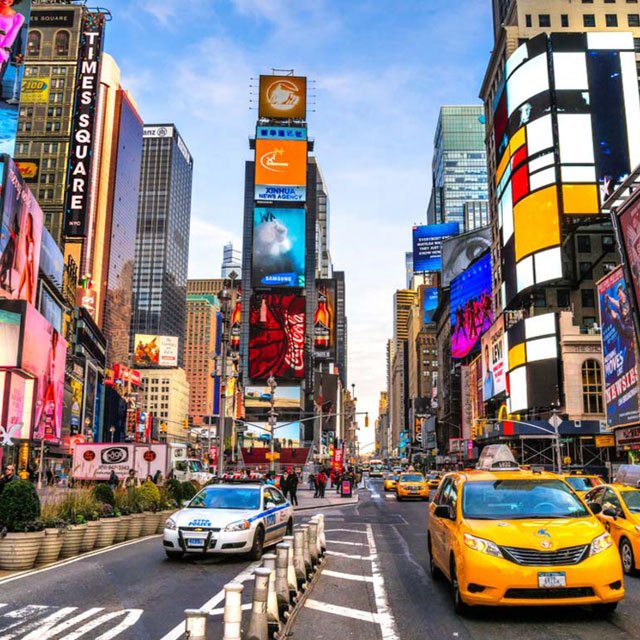

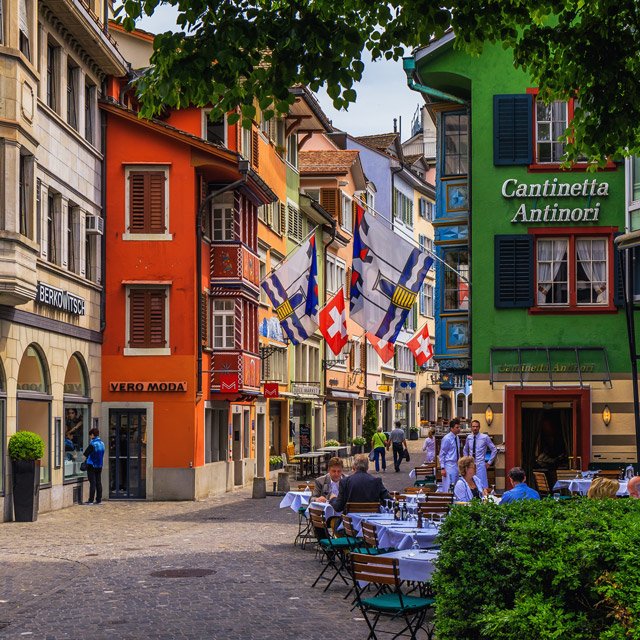
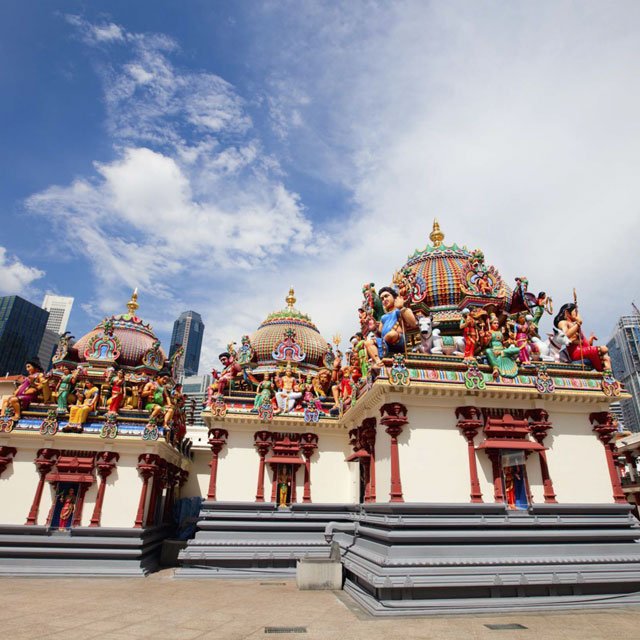
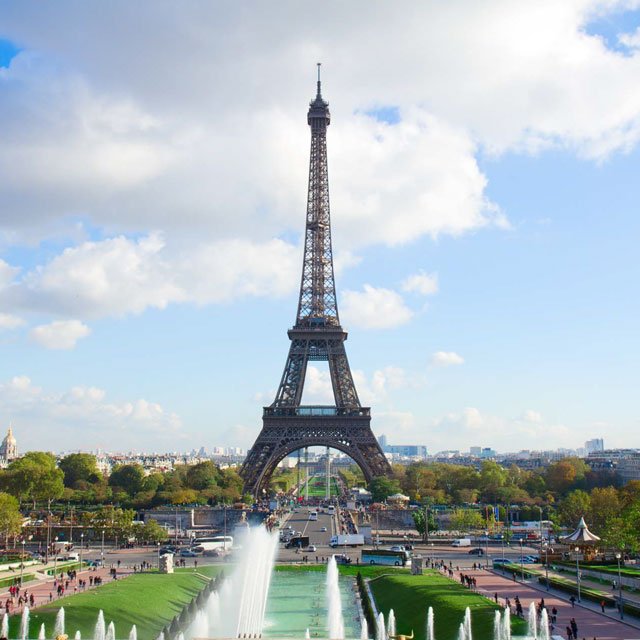



 Slideshow
Slideshow
